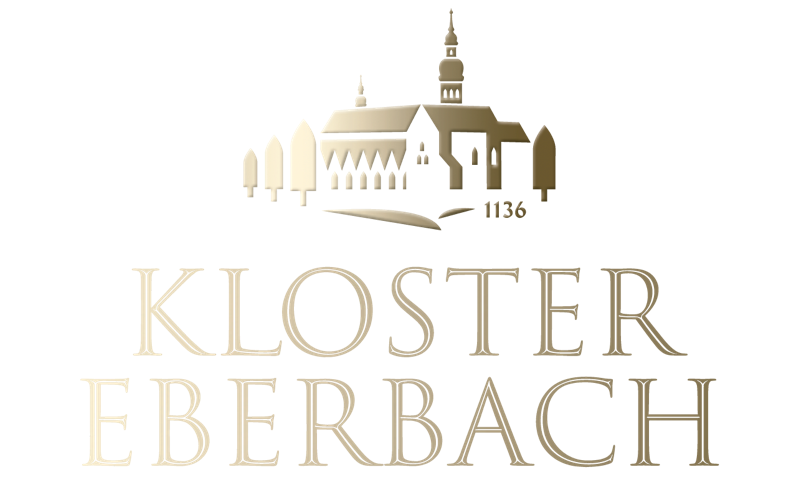The Peasants' Wars in the wake of the Reformation led to an occupation of the abbey and the emptying of the – at the time – largest wine cask in the world. Later , the barrel was no longer used for economic reasons and fell into disrepair.
The Thirty Years' War, which began as a religious dispute, brought a renewed occupation of the abbey and the loss of a large part of its furnishings and the library.
In the era of absolutism, the monks of Eberbach emulated the baroque splendour typical of the time; historical buildings such as the monks' refectory, the convent building and the gatehouse were redesigned, and new rooms such as the orangery and the abbot's house were created. In the wake of the French Revolution and the subsequent secularisation of church property under Napoleon, the monastery had to accept the demolition of cloister wings for secular uses and the disposal of almost all its furnishings.

The prevailing spirit of liberalism and rationalism in the 19th century led to massive interventions in the building stock, especially in the enclosure buildings, which were used for profane purposes (women's prison, "lunatic asylum", cattle stables, rented farm). The history and usage of the buildings in the 20th century were marked by wartime influences that continued to have an effect well into the post-war period. During this time, large parts of the abbey complex served as housing for refugee families. Since 1986, the complex has been undergoing a general renovation with the aim of preserving the structure, restoring historical spatial situations and developing acceptable building uses.
On 20 March 2010, in the former laymen's dormitory in Eberbach, the admission of the monastery to the "Charts européenne des Abbaues et Sites Cisterciens" took place. The ceremony was accompanied by the music of the Eberbach Cistercian monk and composer P. Joseph Schmitt. Especially in recent years, numerous German Cistercian abbeys have joined the project launched in France. Current information about the Charte Cisterciens can be found here.
(Photos: Landesamt für Denkmalpflege)




